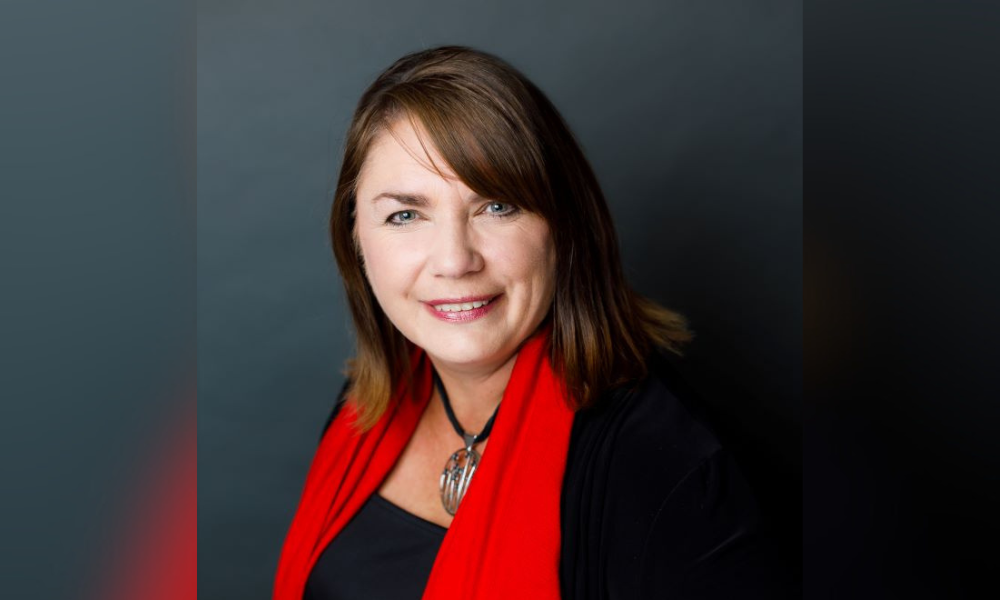From balancing debt against investments to broadening retirement conversations, advisor sheds light on prevailing priorities

Interest rates, inflation, affordability, retirement – those concerns and more are weighing on the minds of Canadians today. With more people feeling understandably overwhelmed at the different competing priorities they have to address, one CFP professional is focusing her efforts on helping clients find clarity.
“I think that each client has their own individual needs,” says Andrea Andersen, financial advisor at Edward Jones. “A lot of my conversations have been about taking the time to understand what’s really important in their lives.”
Debt and housing dominate short-term priorities
Across the broad context of planning conversations at her practice, the debt-versus-investment decision has emerged as a common exercise. With interest rates so high, some clients are considering whether it’s time to pay down some of their mortgage or pay off a line of credit. On the other side of the decision table, they’re looking at pros and cons of putting money in their TFSAs or potentially topping up their RRSPs early.
In the near term, she says people are concerned about the possibility of a recession, as well as the current volatility showing up in the market. In the past, clients might have tended to call with questions about how their portfolio is doing, but now Andersen sees a greater understanding that volatility is all part of the process.
“When markets are certain, we have to understand where the client is, what their goals are, and what’s their appetite for risk,” she says. “Then we have to hold their hands as we go through volatile periods. They’ll remember we have a plan in place. … We built their plan, and we stress-tested it, and that helps them feel confident that they’re going to be OK.”
Housing affordability is also a point of focus. The Bank of Canada has held fire on rate hikes for two sessions now, but the fact remains that its policy rate is currently above 4%. It remains to be seen whether inflation and other signals will warrant a restart of policy tightening, but the central bank itself has acknowledged that more Canadians are starting to buckle under the weight of mortgages.
“We’ve had a lot of conversations focusing on where projections are for interest rates,” Andersen says. “Quite a few people have gotten themselves in a little bit of trouble, so they’re having to sell houses they bought previously. We’re also seeing children forced to move and find different places to rent as well, because the rent they’re paying isn’t covering their mortgages.”
Redrawing the rules of retirement
Edward Jones has also unveiled the results of its latest Age Wave study, which looks at how Canadian retirees and pre-retirees are redefining their notions of retirement. Some of the top-line findings include:
- Only 31% of Canadians say they could afford a comfortable and secure retirement that lasts more than 20 years, and only 9% expect theirs to last past 30 years;
- Two thirds of retirees (65%) experienced disruption from a spouse or partner passing away;
- Three fifths of retired Canadians (60%) said inflation or the rising cost of living was the most significant financial shock to their retirement.
While online calculators and other resources on the web promise to help people plan their finances for their sunset years, the firm’s research has underscored how being retirement-ready isn’t just about finances, but also family, health, and purpose.
“A lot of clients are focusing on mental and physical health,” Andersen says. “People are recognizing that they haven’t been saving enough for retirement; some Canadians know they’re going to have to work a bit longer. So we have to set up expectations for retirement, and understanding what their budget is actually going to be.”
To that end, Andersen has been spending a lot of time on planning test drives with clients. Aside from crafting their retirement budget, the work involves envisioning the mental and physical fitness routines to help maintain their quality of life. Discussing their values and where they find purpose is also central to help clients make sure they’re not just adding years to their lives, but also infusing more life into each year.
“We’re helping people think about what they want for physical fitness, for example – does that mean you’ll be golfing, or keeping up a gym membership? Clients are really opening up to those kinds of discussions,” she says. “We’re talking about how to budget for those things, really preparing so they don’t have to give them up in favour of other priorities. But they’re also understanding that retirement isn’t just about hitting a specific number in their bank account.”



